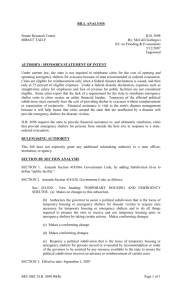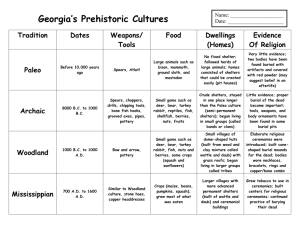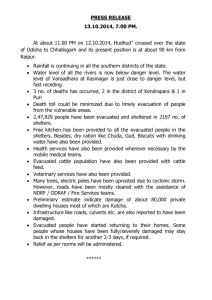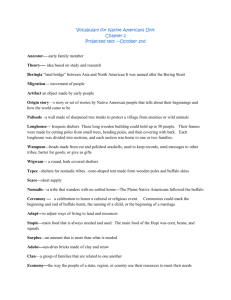File
advertisement
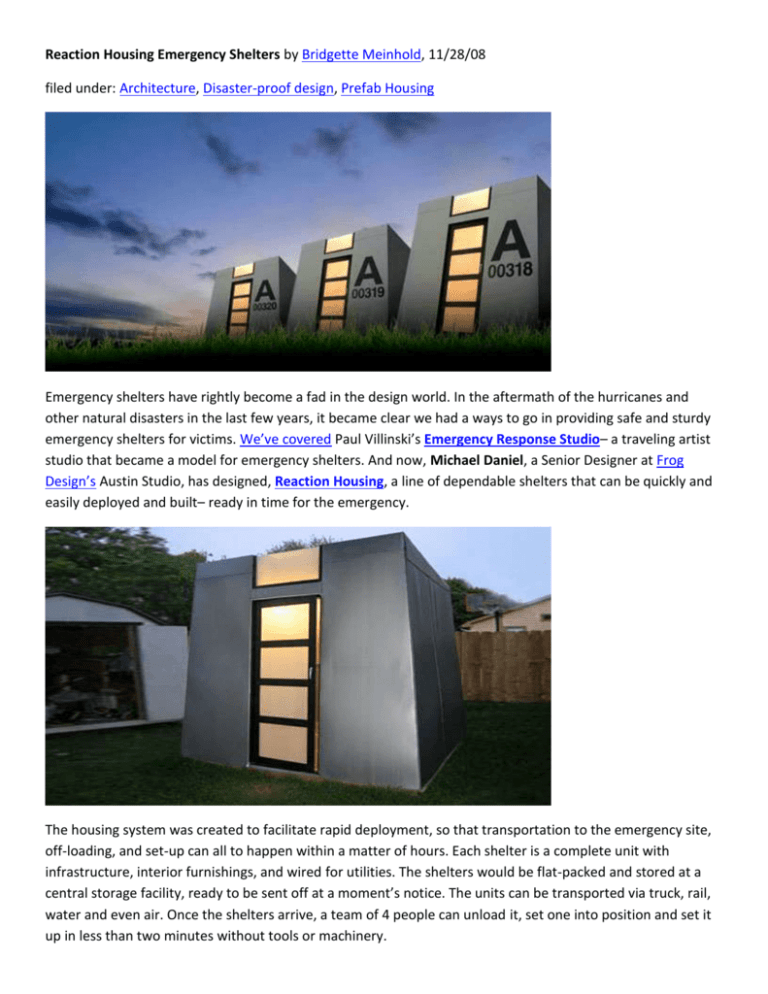
Reaction Housing Emergency Shelters by Bridgette Meinhold, 11/28/08 filed under: Architecture, Disaster-proof design, Prefab Housing Emergency shelters have rightly become a fad in the design world. In the aftermath of the hurricanes and other natural disasters in the last few years, it became clear we had a ways to go in providing safe and sturdy emergency shelters for victims. We’ve covered Paul Villinski’s Emergency Response Studio– a traveling artist studio that became a model for emergency shelters. And now, Michael Daniel, a Senior Designer at Frog Design’s Austin Studio, has designed, Reaction Housing, a line of dependable shelters that can be quickly and easily deployed and built– ready in time for the emergency. The housing system was created to facilitate rapid deployment, so that transportation to the emergency site, off-loading, and set-up can all to happen within a matter of hours. Each shelter is a complete unit with infrastructure, interior furnishings, and wired for utilities. The shelters would be flat-packed and stored at a central storage facility, ready to be sent off at a moment’s notice. The units can be transported via truck, rail, water and even air. Once the shelters arrive, a team of 4 people can unload it, set one into position and set it up in less than two minutes without tools or machinery. The units themselves are targeted to cost less than $5,000 each, and are meant to be reusable and can adapt to the disaster at hand. Compare that to the FEMA trailers in 2005, which on average cost $65,000 and were never used again. Units can be combined together to form individual deployments that provide more living space for a family, or each unit can be used as an independent shelter for up to 4 adults. Configuration of the disaster shelters depends on the needs of the victims, number of people needing shelter and the amenities available at the rescue location. In the case of a very large disaster that creates need for thousands of shelters, units can be set up in close proximity of an existing facility like a sports arena or convention center. Deployment teams would set the units up in zones, like little cities, and then group them into semicircle to provide a private gathering space. This “soft deployment” set up utilizes the existing facility for power, sanitation and food services, while the shelters provide a space for living and sleeping. Alternatively, a “hard deployment” entails each unit operating independently, powered by a generator. Shelters would then, have their own climate control system, sanitation, a small kitchen, as well as areas for sleeping and living. While the units look like barracks and aesthetically aren’t much to look at, their practicality is clear in the ease of transportation, modest price, adaptability to the conditions, and re-usability. We would like to see these units be a bit more self-sufficient in terms of power and water though. The units could definitely handle a solar panel or two on top, and maybe even rainwater catchment device and a culinary water storage tank. Overall though, we do really like this housing system as a viable solution to disaster relief shelters. Math Comprehension Questions 1. Identify 4 ratios in the “Reaction Housing System Overview” videos or the article. 2. Write and solve your own ratio problem using one of the ratios you have identified. For example: “If it costs $5,000 to build one Exo, how much would it cost to build 1,000 Exos?” 3. Write another problem for a friend to solve. 4. Using the picture in the article which shows the Exos set-up in the parking lot of the Superdome, determine how many units are set-up (assume that the partial semi-circles include a full set of 8 Exos). a. How many people could that set-up house? b. How much money would it cost to build them? c. If they were transported there by truck, how many truckloads would be needed? d. If it takes a team of 4 two minutes to set up an Exo, how long would it take to setup all of these units? 5. Using graph paper draw a scaled model of each piece of the Exo with the following dimensions. Convert all measurements to feet prior to drawing. Determine which materials are necessary to build this model. (Show all work on another paper please). a. Each wall is 8 feet by 8 feet. The floor measures 3 2/3 yards by 3 2/3 yards. Each bunk measures 90 inches by 36 inches. b. Sheets of wood for the bunks are sold in 6 feet x 4 feet sheets. How many sheets would you need to build four bunks? How many square FEET would you have remaining? c. The walls are built using sheets which are 102 inches x 102 inches. How many will you need to build one Exo? How many square FEET will you have remaining? d. The floor pieces are sold in 7 yard by 3 yard sheets. How many sheets will you need? How many square FEET will you have remaining?


